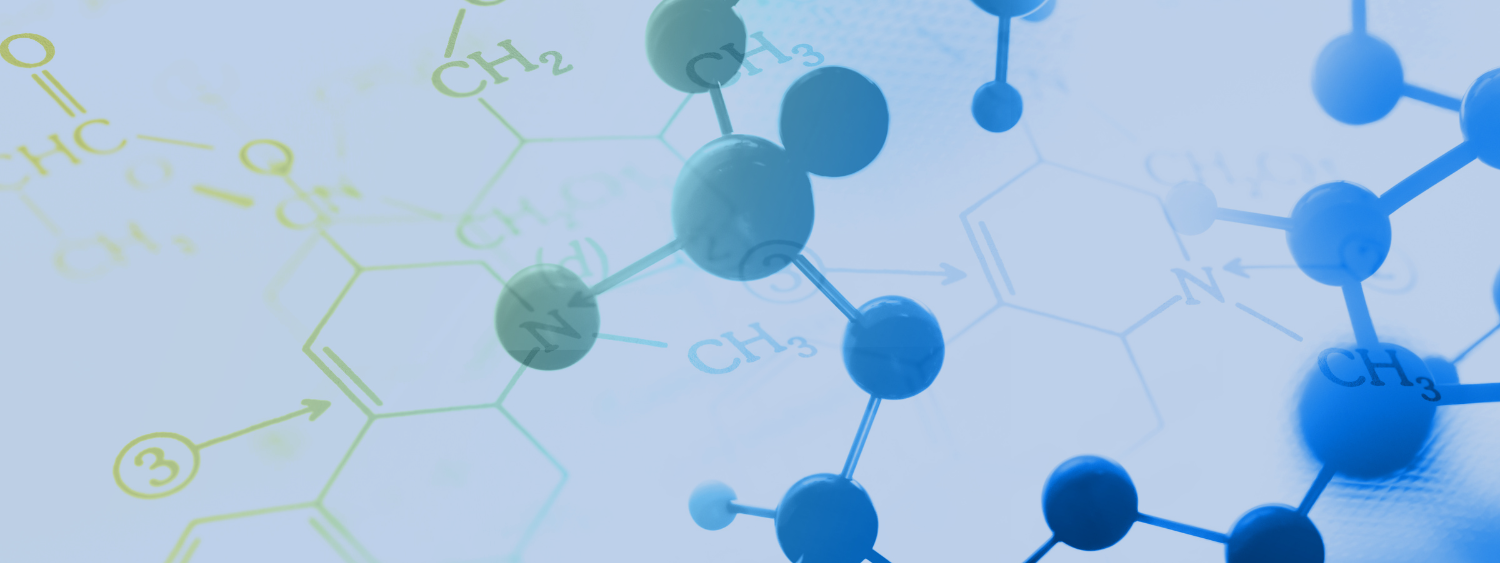
Research

Current Research
Resolving experimentally the structure of a protein-protein complex still is a complicated task. This has led to the development of docking algorithms for the prediction of the geometry of biomolecular complexes. One of the most important steps is in the selection of the most likely models from an ensemble of possible models. For this purpose we developed a ranking algorithm to select the most likely structures from computer generated docking models.
Our aim is to understand, improve and develop new catalysts for reactions with a potentially high industrial return (dry reforming of methane, Fischer-Tropsch, CO2 reduction, etc. etc.). Our efforts are mainly focused on catalysis promoted by metallic heterogeneous catalysts as well as by metal nanoparticles, either supported or not.
Developing effective catalysts for the conversion of solar energy to molecular hyterization of heterogeneous materials having a potential application in the field, as well as through the rationalization of the mechanisms drogen by the water splitting reaction is one of the great challenges faced by science today. We contribute to this field through the characof the hydrogen and the oxygen evolution reactions.
Non-covalent Interactions play an important role in molecular recognition process. Proper understanding of role of molecular interactions is very challenging due to the extreme complexity of bio-molecular interactions. We use state-of-the-art computational techniques, including ab initio quantum-chemical calculations, molecular dynamic simulations and structural bioinformatics to provide unique insights in to role of molecular interactions in structure and dynamics of functional nucleic acid molecules.
Metallo-complexes supported on a substantially inert support are active catalysts for the industrially relevant transformation of hydrocarbons into added value chemicals. In this research project we apply Density Functional Theory to rationalize these catalytic processes. Efforts are made to assist the experimental structural characterization of these catalysts, and to explain the observed reactivity, with the final scope of contributing to the development of more efficient catalysts.
Gold has become a powerful catalytic metal in organic chemistry, and great progress has been made in developing efficient and selective Au-catalyzed transformations. The vast majority of reactions developed with homogeneous Au catalysts have exploited the propensity of Au to activate carbon−carbon π bonds as electrophiles. The chemistry of gold catalysis is diverse and powerful, thus there is a great potential for application of gold catalysis.
The metathesis reaction is a molecular process involving the exchange of bonds between the two reacting chemical species, and it revealed as one of the most powerful tool for the synthesis of new C-C bonds, with applications spanning from the large volume synthesis of polymers to the synthesis of high value fine chemicals. Within this research line, we work in strict collaboration with experimental groups using computational techniques to screen novel catalyst architectures more rapidly, and to obtain insights that could help in the design and experimental synthesis of novel and improved catalysts.
Rationalizing catalysts space is fundamental to move with a rationale towards better performing catalysts. The most useful approach is to use molecular descriptors able to capture the key properties defining the catalytic behavior. Within this research line, we focused on developing molecular descriptors that can capture the steric requirements of different ligands, based on the buried volume approach, and arriving to characterize the shape of the catalytic pocket using topographic steric maps.
Catalysts capable to polymerize polar vinyl monomers and to incorporate comonomers with polar functions into nonpolar polymers is still a significant challenge in polymer synthesis. Although these new polymeric materials are highly attractive from an industrial viewpoint, currently available catalytic systems have not yet performances sufficient for industrialization or, in the most favorable case, there is still large space for improvement. In this scenario, we focus on mechanistic calculations with the objective to achieve a deep elucidation of the reaction pathways of homo/co-polymerization of polar vinyl monomers with different catalytic systems, since this understanding can help to improve, or even design, better catalysts.